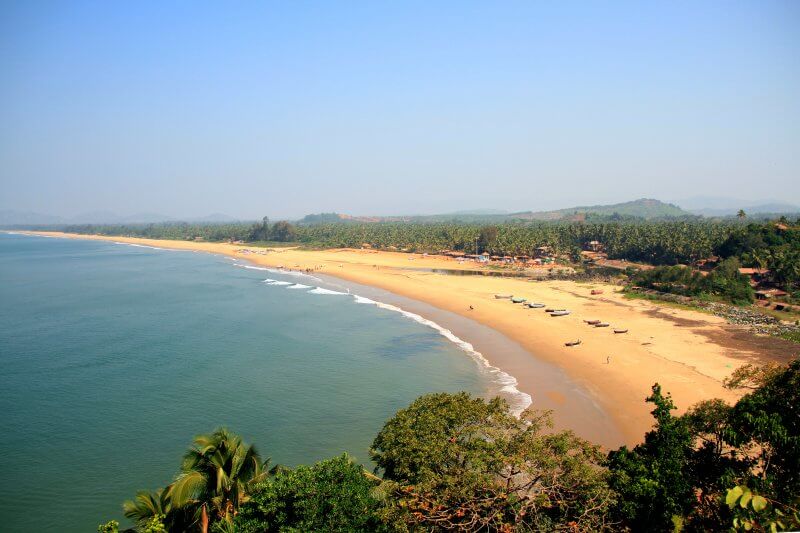Gokarna, India-a sacred village that is not only a popular tourist destination, but also the most important center of Hindu pilgrimage. There are no bars, discos, night clubs, parties and various entertainment options. Instead, you will find picturesque beaches, unusual Indian temples and a special atmosphere that attracts lovers of truly wild holidays.
What is it and should I go here?
Gokarna, whose name translates as “cow’s ear”, is a small settlement located in the state of Karnataka (southwestern part of India). It is believed that it was here that Shiva, one of the gods of the triad, was born from the ear of the goddess Prithya, who took the form of a cow. The Mahabaleshwar temple is dedicated to him, which is the main religious attraction of this place and gathers hundreds of pilgrims from all over the world at its walls.
In addition, there are many other interesting places to be found in the vicinity of Gokarna. One of them is the Maha Ganapati Temple, built in honor of Ganesha, the elephant-headed god of wisdom and well-being. Everyone can get inside-both local and foreign. At the same time, for a small donation, you will be offered to taste prasada (consecrated food), put a tilaka (special mark) on your forehead, give a colored garland and even be allowed to ring a bell.
No less important attraction of Gokarna is the sacred lake Kotitirtha, which is popularly called the Little Ganga. It is said that the water for it was taken from this river. Local residents believe so strongly in the divine origin of this reservoir that they use it not only for ritual ablutions and saying goodbye to deceased relatives, but also for washing clothes. On the bank of Kotitirtha there are small signs warning about the presence of crocodiles here. However, they have not been seen in person for many years. But one of the deepest earth cracks really exists here – Hindus believe that it symbolizes the ear of the planet.
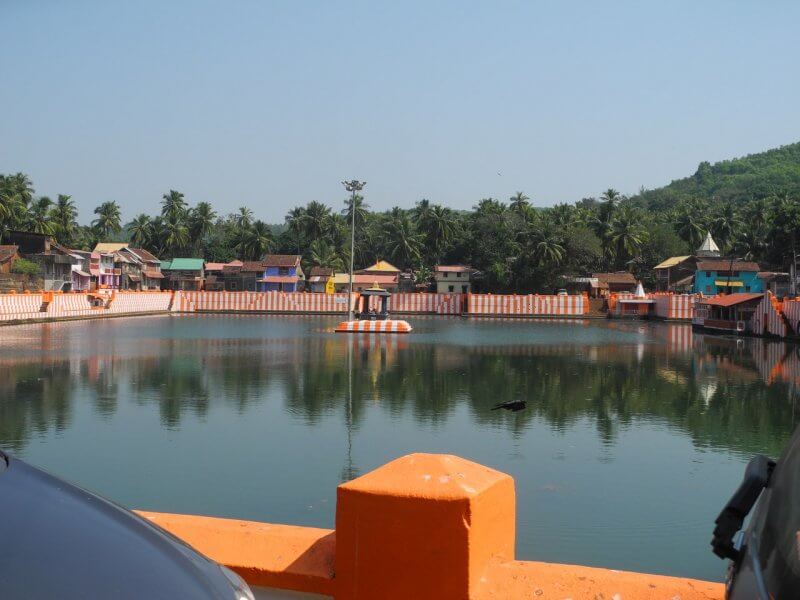
Among the places of worship of Gokarna in India is the Shiva Kave cave, the origin of which is also associated with the name of the deity already known to you. Foreigners are not allowed to enter this small stone structure, but no one looks at the passport, so if you want, you can easily get lost in the crowd of Hindu pilgrims. According to ancient beliefs, harmony and grace will descend on everyone who descends into this cave. Just don’t forget to bring a flashlight, otherwise you won’t see anything. By the way, one of the parts of Shiva Kava has remained unexplored. In this regard, scientists can not decide where exactly it goes-whether to the Indian Ocean, or directly to the Himalayas.

If the faithful go to Gokarna to touch the shrines, then ordinary tourists – to have a good rest. This is facilitated not only by good beaches and a relaxed atmosphere, but also by pleasant prices (many times lower than in Goa). In addition, several Hindu festivals and festivals are held here, the main one being the Great Night of Shiva or Maha Shivaratri. On the eve of this celebration, Hindus fast, bathe, dress in white clothes and go to the temple to recite mantras, burn incense and conduct ritual ceremonies. The scale of this holiday is really amazing. In addition to the pilgrims who come to Gokarna from all over India, there are also numerous tourists who want to get to the Shaivist temples on quite legal grounds (on this day they are open to all comers). Due to the large crowd, you should book your accommodation in advance. Otherwise, you can easily be left without a roof over your head.
Shiva Temple
Among the many religious attractions of Gokarna in India, a special place is occupied by the Shiva Temple, the main Shaivist sanctuary, which is more than 1.5 thousand years old. According to legend, it is here that the most ancient lingam of Shiva is kept, a stone pillar with a rounded top, symbolizing the sexual organ of the supreme Hindu deity. Experts in Indian mythology claim that Shiva’s manhood, which represents his strength and unlimited power, was stolen by King Ravana. But the divine phallus did not remain in his possession for long – while Ravana was engaged in meditation, the organ was taken over by the god Ganesha, who inadvertently dropped it on the ground. The lingam was immediately filled with the weight of the three worlds and was permanently rooted, so neither Ravana nor anyone else could move it. Here, on Gokarna Beach Road, it still stands.
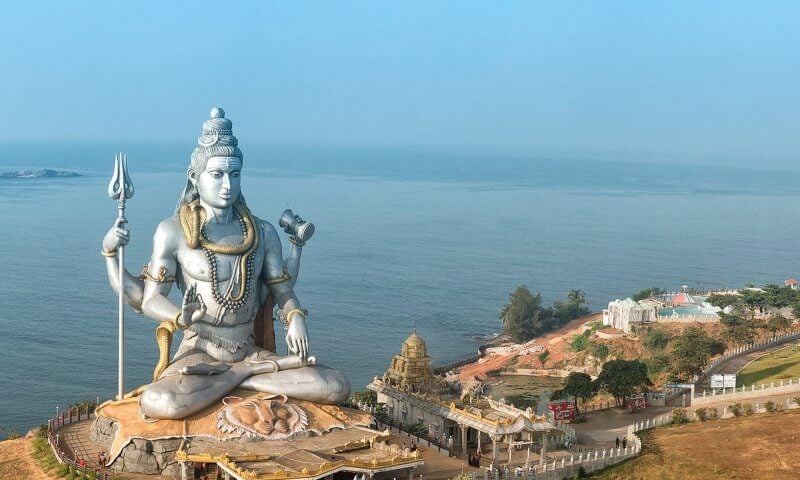
Many pilgrims who come to the Mahabaleswara Temple believe that the Shiva lingam is able to remove sins and give divine power to everyone who touches it. However, meeting with the shrine requires special preparation – you need to observe a fast, bathe in the sea or lake Kotitirtha, and even shave your head. But you should not rush to the salon, because only Hindus can look at the lingam of God.
Beaches
Gokarna is famous not only for its unique attractions, but also for its excellent sandy beaches, which are located within walking distance from the village.
Kudli
One of the most popular beaches of Gokarna is located in a small but very beautiful bay surrounded by hills of volcanic origin. It is the closest to the village (approximately 6 km), so most visitors stop here. The length of the coastline is about 800 m. The entrance to the water is smooth, the sand is soft, dark yellow. At low tide, the beach area is almost doubled.
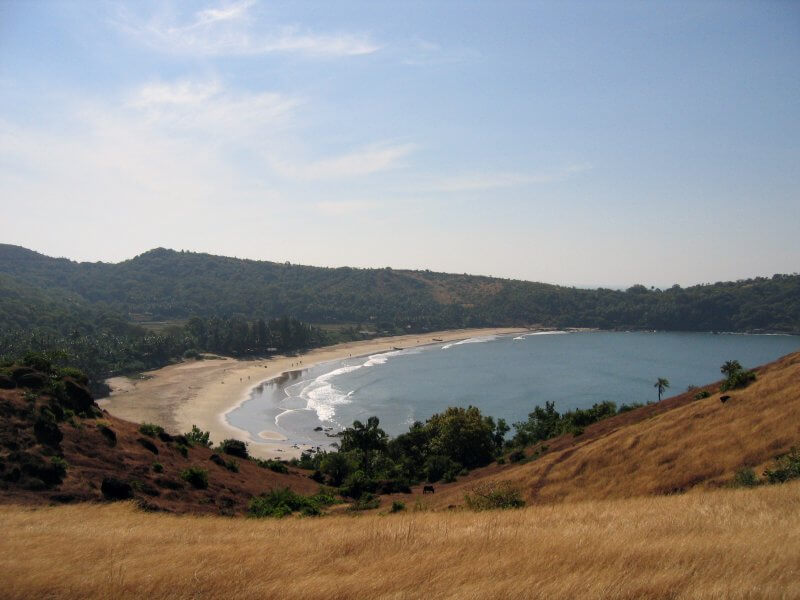
Kudli itself is quite clean. If there are no sun beds or umbrellas, please bring bedspreads. Natural shade is scarce, but you can always hide in one of the coastal cafes. The audience here is quite diverse – from freaks and hippies to professional yogis and homegrown philosophers. Despite this, in the evenings it becomes absolutely quiet – there are no discos and spectacular entertainment here.
It should also be noted that the road leading to Kudle Beach is not very convenient. You can’t get there by bike or taxi – first you need to climb a rather steep hill (there is a stone path), and then go down. Depending on your physical fitness, the journey to the coast will take from 15 to 25 minutes.
Om
Om Beach, which gets its name from its similarity to the sacred Hindu symbol, consists of two bays separated by a small stone ridge. Unlike others, it is rather sparsely populated. The only exceptions are those periods when organized tourist groups are brought here.
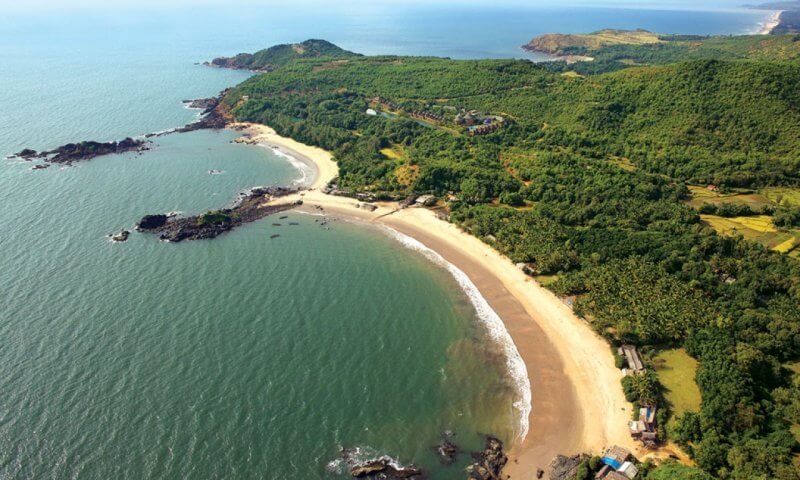
Due to the headlands jutting out into the sea and the low surf, the water on Om Beach is cleaner, warmer and calmer. As on other beaches of Gokarna, there are several cafes, guesthouses and bungalows. Among the obvious disadvantages, you can note the rocky bottom and a huge number of street vendors, known for their stickiness. Access to the Omu is provided by a dirt road ending in a barrier (15 cents with a car). A small staircase leads to the coastline itself, in front of which there is a sign with a life-affirming inscription.
Paradise
A small, cozy beach that attracts with its pristine nature and lack of any infrastructure (with the exception of a couple of cafes, beach houses and fruit shops). An ideal place for those who prefer to relax “savages” and do not count on the availability of comfortable hotels. Natural shade is provided here by dense palm thickets growing next to firs, pines, firs and other coniferous trees.
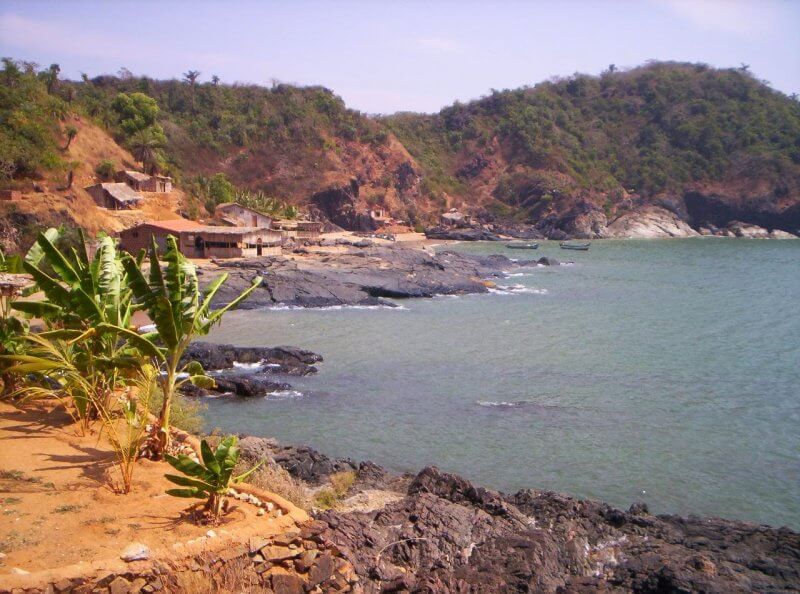
The main attraction of Paradise is the dolphin bay, and the main entertainment is traditional Indian parties. Especially fun on the night of the full moon-arriving here at this time, you can get to the real sabbath. And here you can sunbathe topless – just go to the small lagoon located to the left of the entrance.
You can get to Paradise Beach by boat or bus. In the latter case, you should take the Gokarna bus, get to the final stop and make your way through the jungle (it is better to take a guide).
Gokarna Main Beach
Gokarna Beach is located at the end of the central village street. European tourists almost never come here – there is a lot of garbage, dogs, vendors and beggars. In addition, it is here that local residents rest, who, as you know, swim right in their clothes. But if you still decide to opt for this beach, go to the northern part of it – there are much fewer people there, and the water is warmer and cleaner.
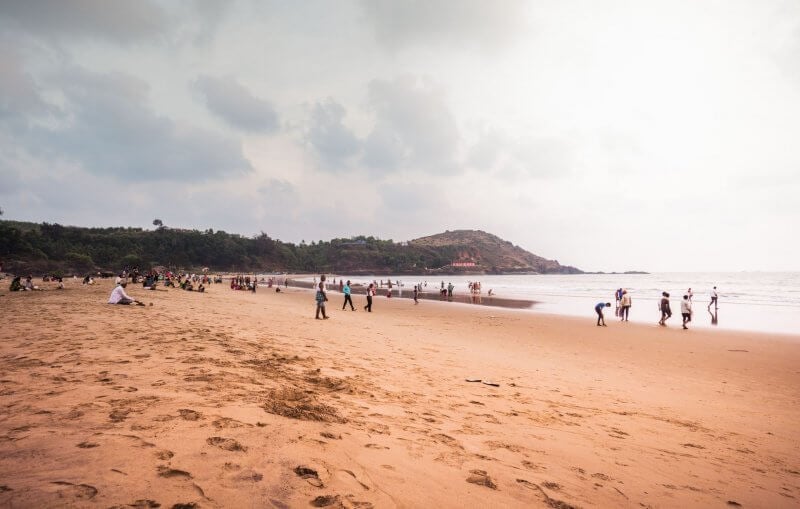
Accommodation
If you are going to explore the sights of Gokarna in India for more than one day, take care of your accommodation. Your choice is small-a hotel, a bungalow under a palm tree or a small guesthouse. Accommodation by the sea is 20-30% more expensive, so most tourists prefer to stay in the village, especially since the distances here are small, and the coast of the Arabian Sea can be reached not only on foot, but also by rickshaw ($1.5).
The main part of the options is represented by the houses of local residents who rent out empty rooms to pilgrims and tourists. It’s usually very clean and quite cozy. Bathroom and all amenities are located inside. In addition, it is a great opportunity to learn about Gokarna’s life from a completely different perspective.
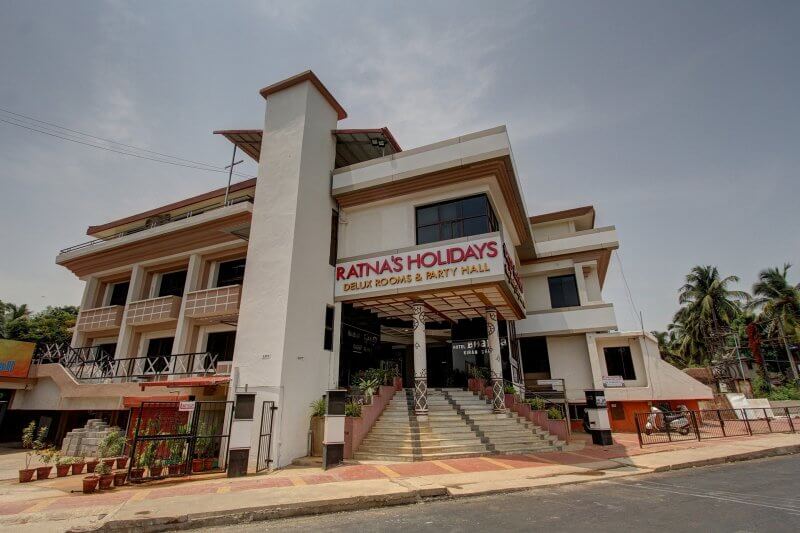
As for beach bungalows, they can be either small bamboo huts with an outdoor toilet, or spacious concrete houses that have everything for a comfortable stay (fan, shower, etc.).
If we talk about prices that are valid in high season, accommodation in a 3 * double room of the hotel will cost$ 30-40 per day, while renting a guesthouse will be from$12 to $ 20.
On a note! When choosing the cheapest accommodation options, be prepared for regular power outages (usually every evening).
Where to eat?
There are not so many public catering establishments in Gokarna, and they are concentrated not on the coast, but in the village itself. Most of the local cafes (here they are called dhabbs) are designed for vegetarians, but the food is very tasty. A set lunch of 2-3 dishes and a drink will cost $ 1.5 – $ 2 per person. A few beach establishments are represented by small cafes offering European and Indian cuisine. Prices here are much higher – the same lunch or dinner will drag on $ 4-4. 5. Separately, it is worth highlighting the Italian pizzerias located along the entire coastline of Kudli Beach. A large pizza, which is enough for two people, costs about$3. But alcohol is very difficult in Gokarna. The most you can expect is an expensive beer from under the floor.
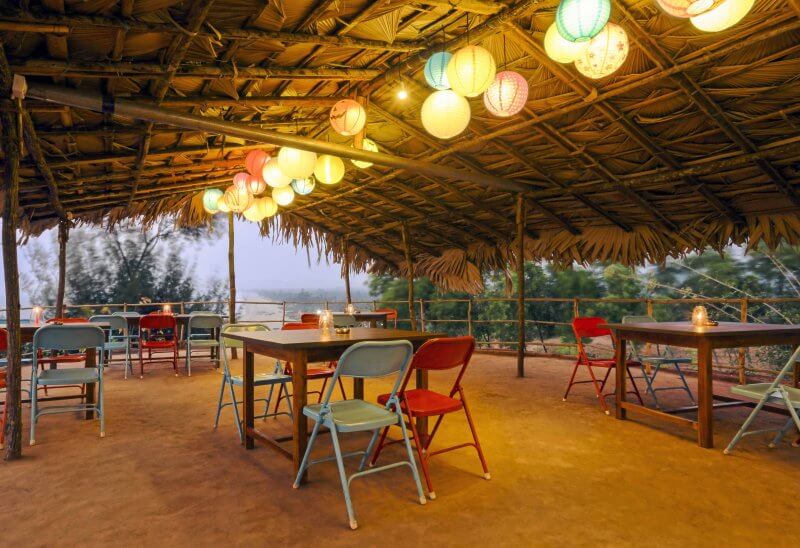
How to get there from Goa?
There are several ways to get from Goa to the main attractions of Gokarna (India). Let’s look at each of them.
Method 1. By bus
There is no direct connection between these points, so you will have to change trains. If you are in North Goa, the route will look like this: Arambol-Mapusa-Panaji-Margao-Karwar-Ankola-Gokarna. It is better to leave early in the morning. The journey takes at least 4 hours. A one-way trip will cost $ 3-4.
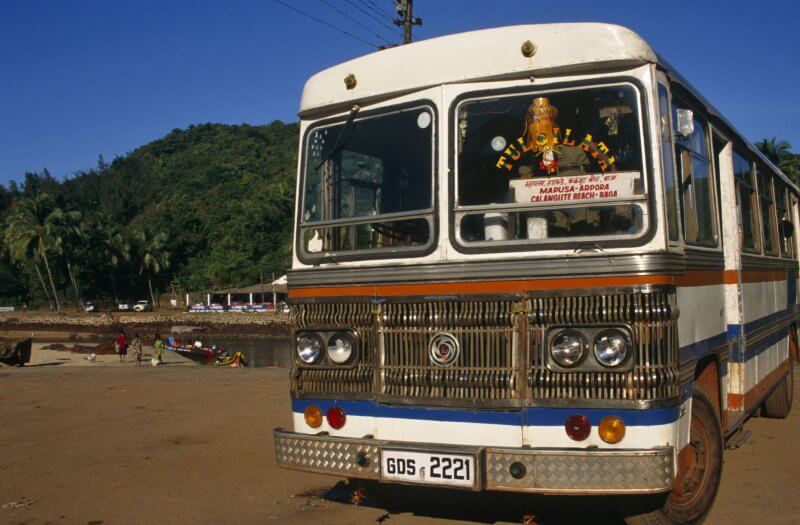
On a note! In addition to public transport to Bus Main Stand, the main bus station, there are excursion buses of the KSRTC company and a round-the-clock shuttle service owned by private Indian carriers (Sugama, RedBus, Vijayanand Roadlines, Sea Bird, etc.).
Method 2. By train
Gokarna Railway Station can be reached by one of the direct trains from Margao. The first one departs at 12:00, the second one-at 14: 30. Depending on the route, the trip takes 1.5-2 hours. The ticket costs just under$3. Another option is to take a train to Mangalore, Cochin, Kumta or Ankola and then reach your destination by rickshaw or regional bus.
On a note! Gokarna Road Station is located outside the village – where you can take a bus or taxi.
Method 3. By bike or car
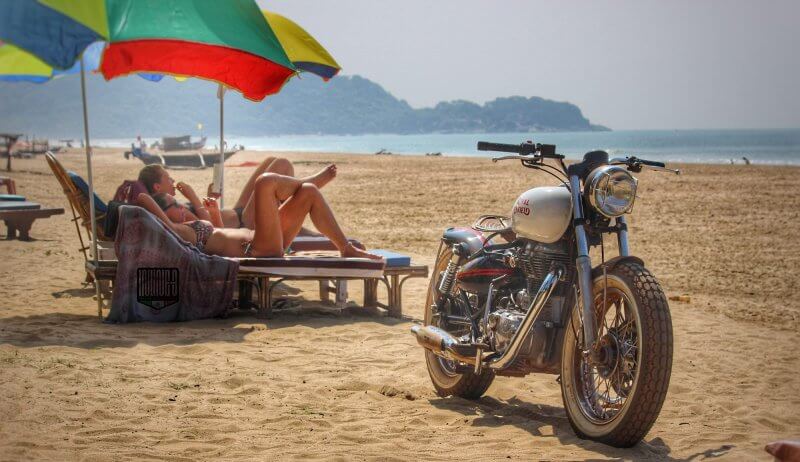
When you are planning to rent a scooter, bike or car, remember that in India there is left-hand traffic, and sacred Indian cows are constantly coming out on the highway. It should also be noted that the roads in Karnataka are even worse than in Goa, so the bike ride can take all daylight hours. Bike rental costs from$4 to $ 6. The car is slightly more expensive – $15-17.
On a note! When applying for documents at rental points, give preference to those types of transport that have yellow license plates (yellow inscriptions on a black background). They indicate that this vehicle can be rented out. But cars and bikes with white license plates are intended for private use only. If you go to see local attractions on one of them, you will immediately be fined. At the same time, you can only use rented transport within the state.
Method 4. By taxi
For all its convenience, this method is the most expensive. For a taxi from Goa to Gokarna, you will have to pay at least$ 60, although you can bargain for a slightly smaller amount.
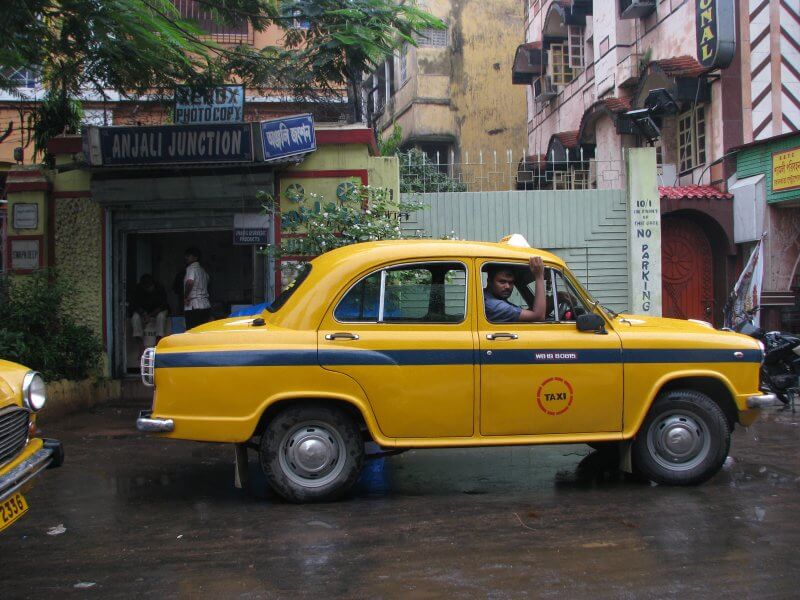
On a note! When applying for a visa on arrival at Dabolim Airport, keep in mind that traveling between states without a passport can lead to problems with the local police.
Useful tips
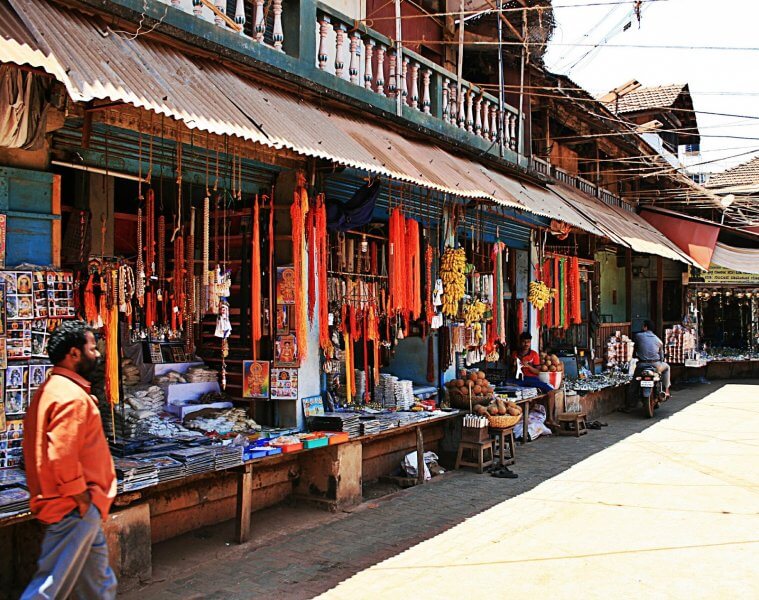
Despite its huge tourist popularity, Gokarna (India) continues to be an ordinary village, which, of course, leaves its mark on local life. To avoid possible surprises, take note of some useful tips:
- The only ATM in the village is located on the way from the bus station to the main street. But it is better not to risk it and withdraw cash in Goa.
- There are no official exchange offices in Gokarna. Currency is changed either in Internet cafes or in travel agencies located in the central part of the village (there are private money changers there).
- There are 2 markets in the village – the fruit and vegetable market, which is held at the exit from Gokarna every Thursday, and the central market, which stretches along the entire main street.
- The Internet here is very weak – and not only Wi-fi, but also the one that is offered by a few Internet cafes (1 hour costs about 50 cents).
- Distant temples and attractions can be reached by rickshaw, scooter or bike.
- There are not many shops in the village, and you can only buy the most necessary things in them, so if you need decent shoes or clothes, look for them in Goa.
- When entering a Hindu temple, behave decently – take off your shoes immediately at the entrance, speak very quietly, cover your shoulders and legs, and do not take photos.

